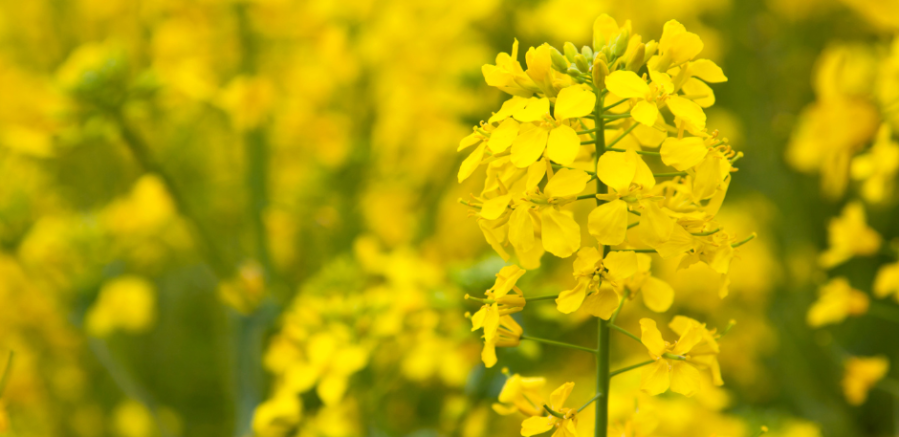Two new R&D projects have been launched by Fera Science which aim to tackle pest threats in potatoes and oilseed rape.The Enigma IV project focuses on advancing on-farm control of spraing in potatoes while Enigma V will address cabbage stem flea beetle in OSR, explains Adam Bedford, Enigma projects director.
“As with our previous Enigma research projects, we’re uniting growers, agronomists and scientists to address critical challenges facing the agri-food sector, and very much welcome other organisations to join this journey,” he adds.
Enigma IV
The goal of Enigma IV is to improve predictive diagnostics for tobacco rattle virus (TRV) – a leading cause of spraing, which has been known to damage up to 50% of potato crops.
Adam highlights that Fera scientists will work closely with potato specialists to develop more efficient testing processes for TRV. “Currently, the standard tests used for detecting TRV in potato seed require huge volumes of soil and take more than four weeks to produce results.
“We want to put spraing control in the hands of potato growers, using research insights to develop an in-field diagnostic service that’s more cost-effective with a faster turnaround time.”
According to Adam, the ultimate aim is to help growers manage the disease more accurately and minimise crop wastage.
Enigma V
Meanwhile, the Enigma V project sets out to arm OSR growers with a more reliable method for managing CSFB.
“Since the neonicotinoid ban in 2018, growers have had little choice but to rely on pyrethroid insecticides to control CSFB. An over-reliance on a limited number of active ingredients has led to resistance issues and control failure – with less than 10% insecticide efficacy in some cases,” suggests Adam.
The project aims to transfer the efficacy of combined botanical biopesticide products demonstrated in the laboratory into practical use in the field, adds Hannah Fenton, senior scientist at Fera and project lead.
“Initial glasshouse trials show that combining pesticides registered for use in horticulture settings with pyrethroids could offer a CSFB control solution with up to 90% efficacy,” she says.
Enigma concept
The Enigma concept champions collaborative research and has proven successful with previous projects, including Enigma I.
Launched in 2022, Enigma I has resulted in the development of a photographic key that helps growers to identify, monitor and control wireworm populations more accurately.
“The results of our first Enigma project have shown that by bringing scientists and industry partners together, we can make rapid progress in producing actionable insights for farmers and growers,” points out Adam.
Organisations interested in contributing to Fera’s collaborative, industry-driven research are invited to explore partnership opportunities: https://www.fera.co.uk/our-science/enigma-research-model




